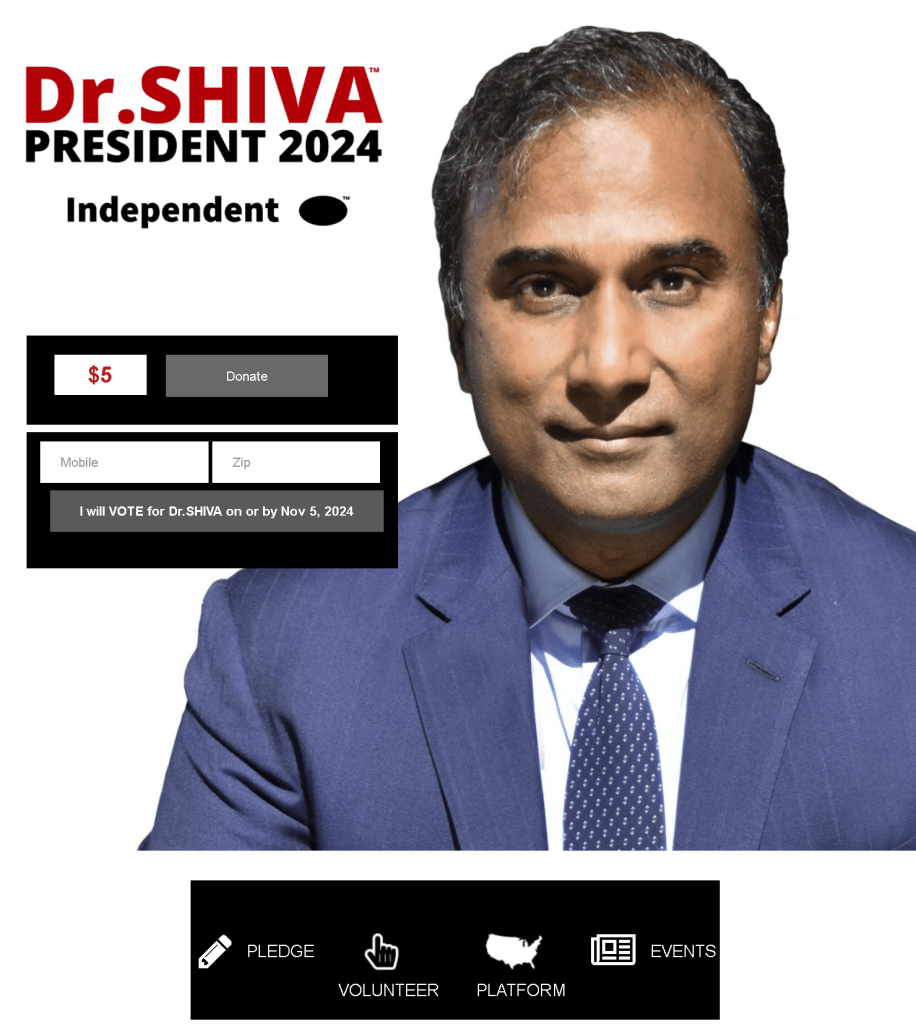There is more slavery in the world today than at any time in human history.
Sometimes it’s difficult to believe just how deep-rooted modern slavery is; often it hides just out of view.

Human rights organizations estimate there are at least 50 million people enslaved worldwide.

The Washington Post counts 60,000 enslaved people just here in the United States — if you don’t count prison labor.
There are many forms of slavery:
- human trafficking
- forced marriage, particularly involving children
- child soldiers
- Debt bondage/bonded labor. The world’s most widespread form of slavery. People trapped in poverty borrow money and are forced to work to pay off the debt, losing control over both their employment conditions and the debt
- Descent–based slavery (where people are born into slavery). A very old form of slavery, where people are treated as property, and their “slave” status has been passed down the maternal line.
- Domestic servitude. Domestic work and domestic servitude are not always slavery, and when properly regulated can be an important source of income for many people. However, when someone is working in another person’s home, they may be particularly vulnerable to abuses, exploitation, and slavery, as they might be hidden from sight and lack legal protection.
- Prison labor: prison-industrial complex is a term encapsulating century of governmental and economic benefit from prisons and prison labor at the expense of those incarcerated. The average low and high rates for in-house labor are 14 and 63 cents per hour.

Women and children remain disproportionately vulnerable. Roughly a quarter of enslaved individuals are children. Migrant workers are also particularly vulnerable to forced labor.

Slightly different from in-house prison labor, industry labor refers to non-prison-related jobs which incarcerated people can perform, including phone banking, packaging, textile work, etc. Some companies will use prison labor, and then refuse to hire the same person who worked for them while incarcerated as part of a company policy not to hire those with criminal records.

Many products for sale today have been made by people in forced labor, but the complex supply chains that businesses have created might make it harder for business to spot exploitation and abuses in those supply chains. In many cases they even hide behind this complexity to evade responsibility.

What is to be done? The answer is not here yet. Awareness of the issue is a good start. And solutions may vary according to local areas and cultures.
Also, time and energy has been spent recently, removing statues that evoke memories of slavery. Although the sentiment is understandable, and the action is often debated, many would agree that time and energy could be better spent addressing actual, current slavery.




































